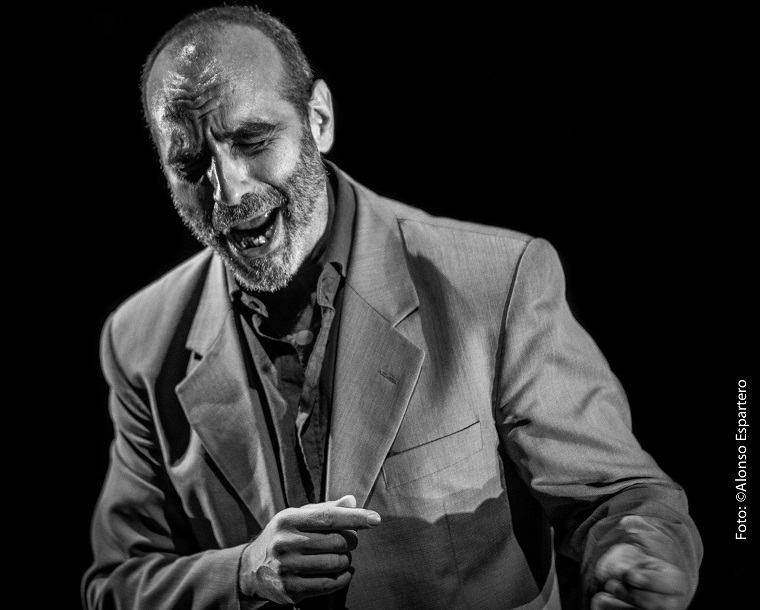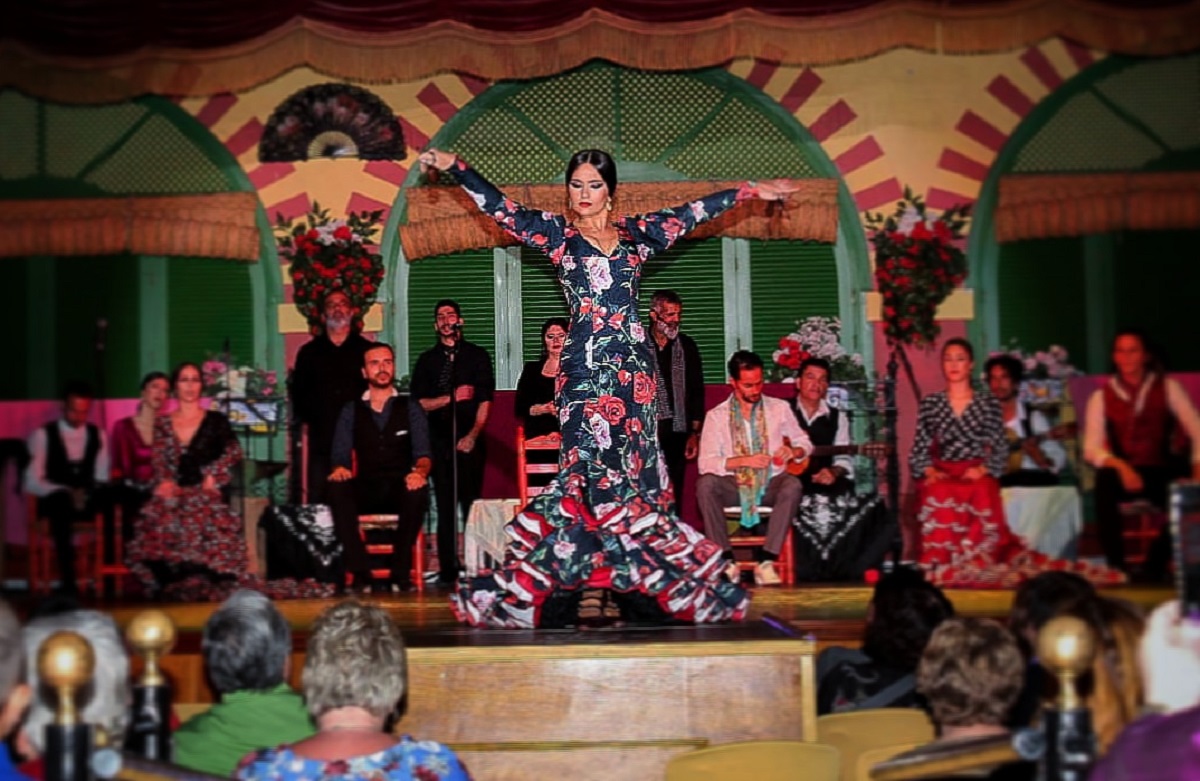
Singing is one of the three fundamental elements in flamenco, together with dance and the guitar playing. If we take the RAE as a reference, flamenco singing defines it as “the agitated Andalusian song”, or the “most genuine Andalusian song, with a deep feeling”, also known as cante jondo.
As with dance or guitar, flamenco singing has its own characteristics, including shapes and styles that vary from one singer to another and, in addition, that differentiate flamenco singing from other artistic genres. The history of flamenco singing is not entirely clear, just as the data is diffuse about the origin of the art itself. However, it is believed that it was the mixture of various cultures that gave rise to the singing we know today:
When reference is made to the first singers, what is really talked about is the pioneers of commercial flamenco singing, that is, those artists who dedicated themselves to it professionally.
Most likely, flamenco arose in the popular classes, specifically those of gypsy ethnicity, as a way of expressing daily life: problems of love, health, money and even routines.
Over time, he made the leap of family gatherings to the singing cafes, acquiring a more professional form and accompanied by other elements, such as dance and music. It was the golden age of flamenco, the years of expansion in which this art left the private sphere to make itself known throughout the world.
The tablaos began to proliferate and flamenco settled down as part of the Spanish artistic fabric and, more specifically, as part of the Andalusian culture. The form and style of flamenco singing has evolved as society did. From the most primitive to others that are the result of the mixture of different flamenco styles.

It is difficult to make a closed structuring of flamenco singing, but artists often make a classification based on the feeling expressed by each flamenco club. Given this reference, we find:
Another way to categorize flamenco singing is based on the way it is executed, that is, how it is sung. In this sense, we talk about:

Flamenco songs are an art in itself. Everyone has their own charm and, on many occasions, that they like more or less, it depends a lot on the interpretation of the singer. Some of the most original flamenco songs are:
Although in a flamenco show, the most colorful is dance, flamenco singing is the basis on which all this art is born. In fact, both the dance and the guitar were later incorporated into flamenco, since originally it was only singing. Watching a live singing, dancing and guitar performance is the best to realize what each one brings to this art.
At El Palacio Andaluz in Seville, you can enjoy a live flamenco show every day. A cast of unique artists, with whom you can appreciate the magic and elf that Andalusian art has.
© 2023 El Palacio Andaluz. All rights reserved.